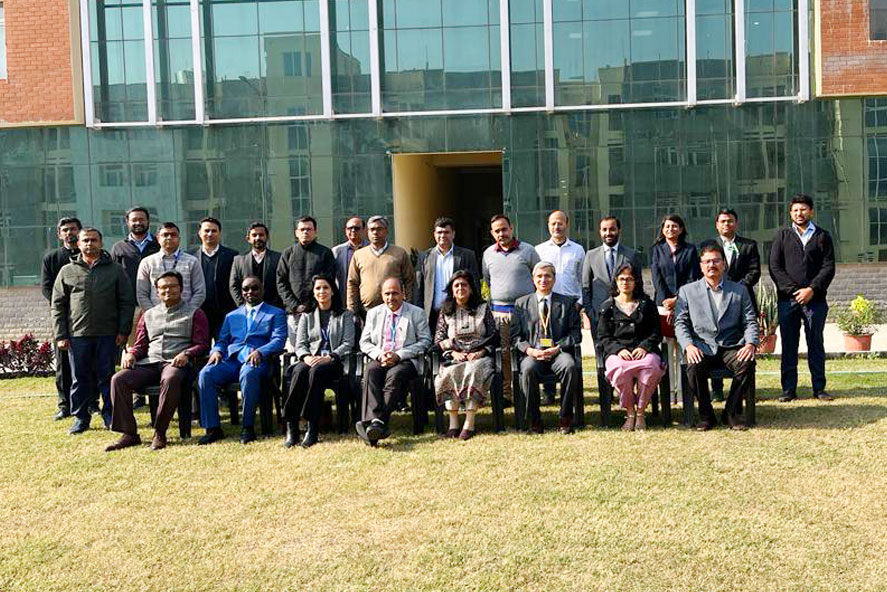
Improving mapping skills to increase last-mile connectivity
The growing demand for digital services and applications, including those related to education, employment, and public services, calls for fast, affordable, and reliable Internet connectivity. However, in many developing countries, broadband coverage remains largely confined to urban centres, with rural and remote communities often left without access. This urban-rural digital divide hinders socio-economic development and leaves millions without the means to benefit from the digital economy.
To support ITU Member States in achieving universal, meaningful, and sustainable connectivity, the ITU Telecommunication Development Bureau (BDT) conducted a series of national training sessions titled Broadband Infrastructure Mapping, Analysis, and Planning for Meaningful Connectivity. These sessions were held in Uruguay, Algeria, Indonesia, Malaysia, the Dominican Republic, and Tajikistan.
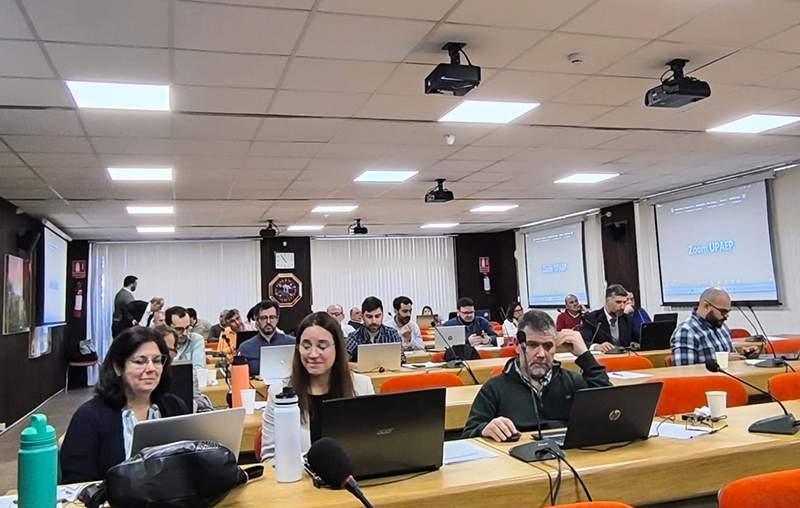
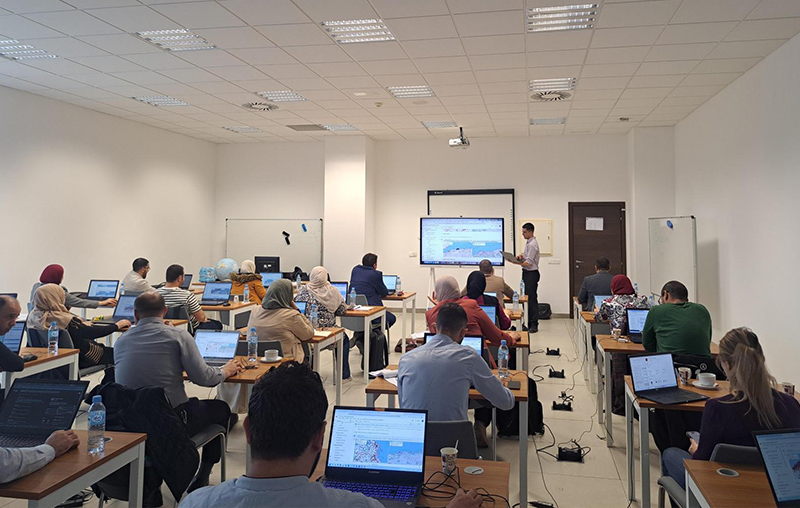
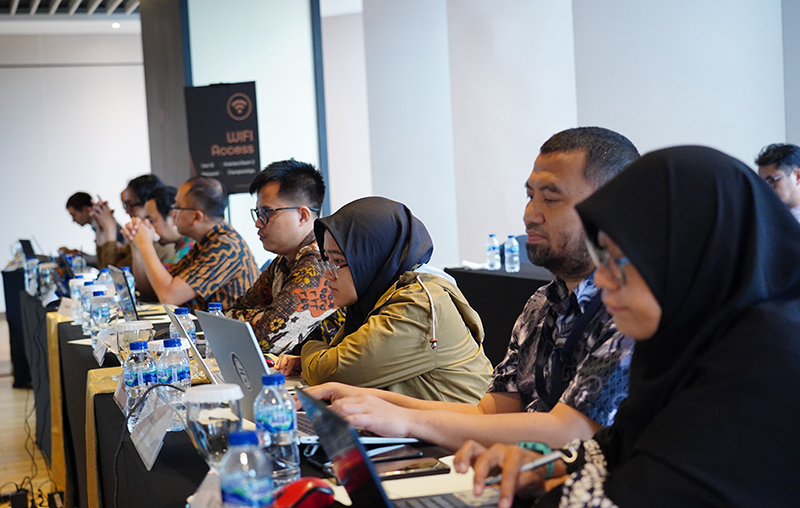
The training sessions were designed to strengthen participants’ theoretical and practical capabilities in collecting, processing, and analysing ICT infrastructure data. Participants gained hands-on experience using open-source Geographic Information System (GIS) software which supports data-driven broadband planning and decision-making processes, enabling policymakers, planners, and regulators to identify coverage gaps, optimise network deployments, and prioritise investments in underserved areas.

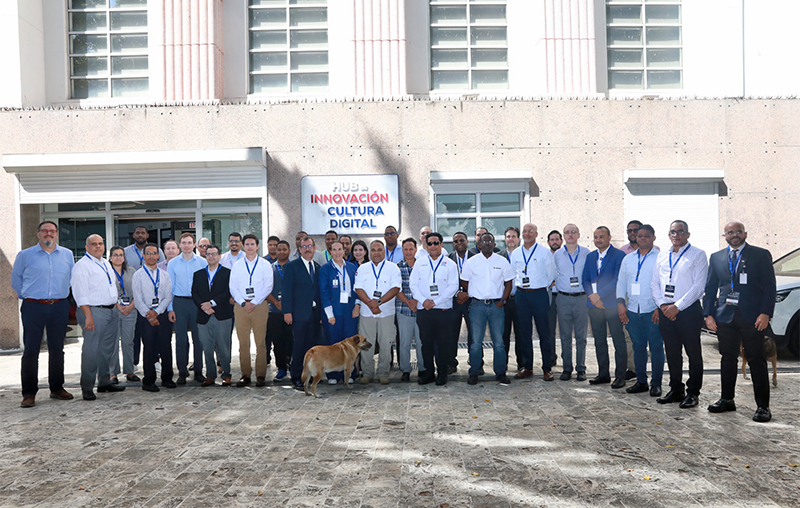

Attendees praised the interactive and collaborative nature of the training, noting the value of the project-based learning approach, which allowed them to apply new skills directly to real-world challenges. The sessions fostered knowledge exchange and peer learning, encouraging participants to consider innovative, data-led approaches to broadband expansion.
In Uruguay and the Dominican Republic, the workshops also served as the foundation for developing national ICT infrastructure mapping frameworks. These frameworks will guide future broadband infrastructure planning and provide critical input into policy and investment strategies. Both countries undertook initial country infrastructure analyses as part of the sessions.
Furthermore, preliminary support in school infrastructure mapping was extended to São Tomé and Príncipe, with a focus on assessing the digital readiness of education facilities. Such efforts are vital in ensuring schools are connected and learners are equipped with the tools to thrive in the digital age.
By building local capacity and enhancing national broadband planning efforts, these trainings contribute meaningfully to BDT’s broader mission of closing the digital divide and accelerating last-mile connectivity for all.
Broadband Connectivity for the Unconnected
Supported by the Ministry of Science and ICT (MSIT), Republic of Korea, the Broadband Connectivity for the Unconnected project proposed technical, regulatory and business solutions, capacity building and country assistance that can be used to increase last-mile connectivity and help extend broadband connectivity to populations and areas that remain unconnected.
This is an ITU Development #DigitalImpactUnlocked story
About the project
Project number: 2GLO20110
Project title: Broadband Connectivity for the Unconnected
Description: The demand for broadband connectivity for the digital society (education, future jobs, public services, etc.) requires fast and reliable connectivity to the Internet. On the other hand, in many developing countries, connectivity is mostly limited to urban areas, leaving rural and remote areas unconnected, often considered to not be economically attractive for the mobile service providers.
This project is an effort to support ITU Member States in delivering full and sustainable connectivity. It proposes various technical, regulatory and business solutions, capacity building and country assistance that could be used to increase last mile connectivity and help extend broadband connectivity to populations and areas that are left unconnected. The project will develop a set of tools and solutions, customized and contextualized to different localities. In addition, capacity building and technical assistance, in implementing the contextualized solutions, will be provided to several selected pilot countries.
Visit the project page for more details.

